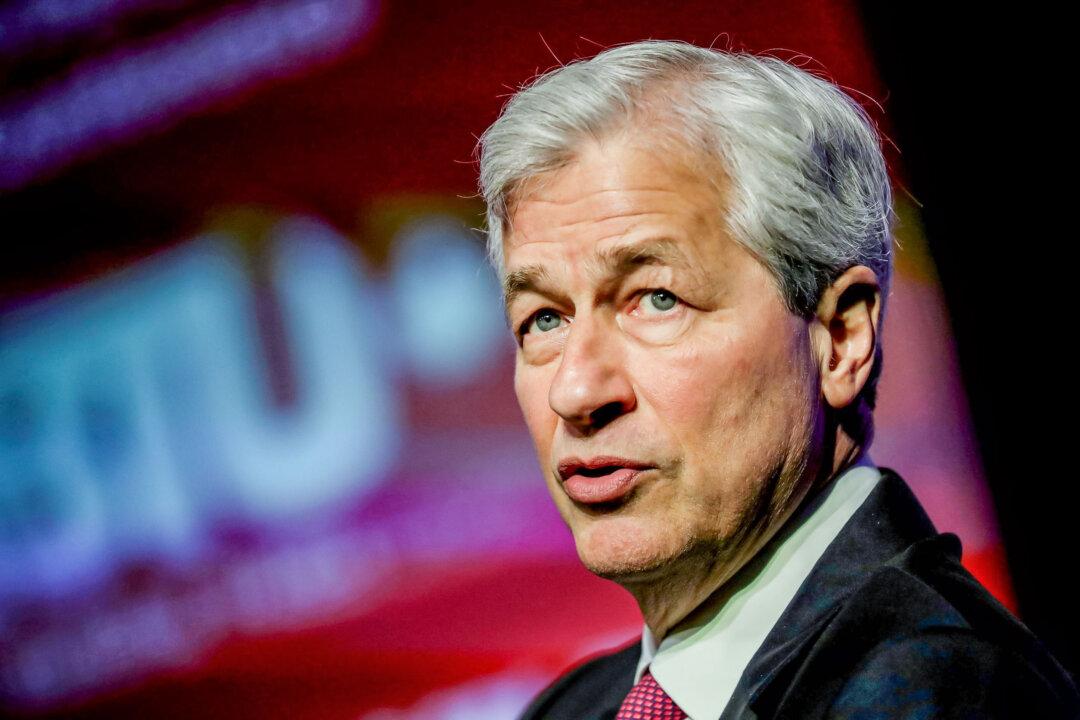JPMorgan Chase CEO Jamie Dimon said on July 12 that some progress has been made on the inflation front but warned that some inflationary forces persist, including high government spending and supply chain pressures as the structure of global trade undergoes major shifts.
Mr. Dimon’s remarks about persistent inflationary risks were made in a statement that was part of JP Morgan Chase’s second-quarter 2024 earnings report, which showed the bank’s revenues rose 20 percent to $50.99 billion, topping consensus estimates.





